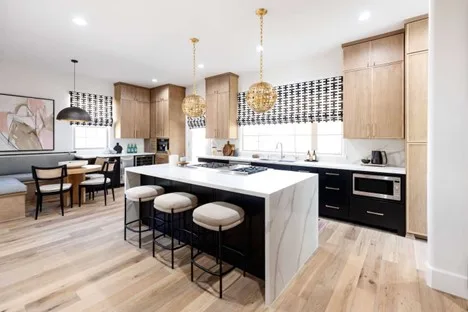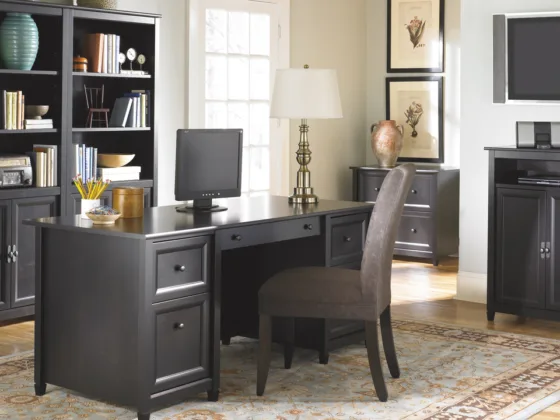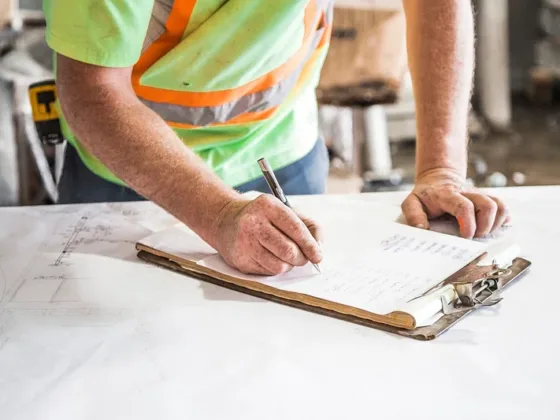Table of Contents Show
If you’re looking for a way to improve the air quality in your home, you may want to consider purchasing an energy recovery ventilator (ERV).

ERVs work by exchanging heat between the incoming and outgoing air streams, which helps to conserve energy. ERVs can also help to reduce moisture and pollen infiltration and improve indoor air quality.
Before purchasing an ERV, you should consider the size of your home, the climate, and the type of ERV you want. Keep reading to learn more about how these ventilation systems work and why you might want one for your home.
What is an Energy Recovery Ventilation System?
An ERV is a device that recovers heat from the air that is exhausted from a building and uses it to heat the fresh air that is brought in. This reduces the amount of energy that is needed to heat the fresh air, which can save money on energy costs.
An ERV also captures moisture from the exhaust air and uses it to humidify the fresh air. This can help to reduce the amount of moisture that is brought into the building, which can help to reduce the risk of mold growth.
An ERV works by exchanging the air between the exhaust and fresh air ducts. The exhaust air is warmed or cooled by the energy recovery ventilator and the fresh air is humidified or dehumidified as needed.
Read Also:
What are the Benefits of Using an ERV?
The main benefits of using an ERV include improved air quality, increased comfort, and reduced energy costs. ERVs are also a great way to improve the indoor air quality in homes that have allergies or asthma.
According to the EPA, indoor air quality is often two to five times worse than outdoor air quality. This is because most people spend the majority of their time indoors.
Pollutants that are found indoors include radon, bacteria, mold, volatile organic compounds (VOCs), and formaldehyde. These pollutants can cause a number of health problems, including asthma, allergies, and respiratory problems.
How do ERVs Work?
An ERV works by exchanging the thermal energy between the exhaust air and the intake air. This process helps to maintain the temperature of the building while also exchanging the moisture in the air.
The exhaust air from the building is typically warmer and more humid than the fresh air that is brought in. The energy recovery ventilator helps to reduce the amount of energy that is lost by exchanging the thermal energy between the two airstreams.
This helps to keep the building cooler in the summer and warmer in the winter. The ventilator also helps to reduce the amount of moisture that is transferred into the building. The exchange of moisture helps to keep the building more comfortable by preventing the buildup of humidity.
What Should I Consider When Purchasing an ERV?
There are a few things to consider when purchasing a ventilation system. The size of the ventilator is important, as it should be large enough to exchange the air in a home.
The type of ventilator is also important, as some of them are designed for cold climates and some are designed for warm climates. It is also important to consider the cost of the ERV and the energy efficiency of the ERV.
An energy recovery ventilator, also known as an ERV, is a device that exchanges energy between incoming and outgoing airstreams in order to precondition the air.
Incoming air is typically colder and more moister than outgoing air, so the ERV uses a heat exchanger to transfer heat from the outgoing air to the incoming air. This prevents the building from losing energy and also helps to maintain a consistent indoor climate.










